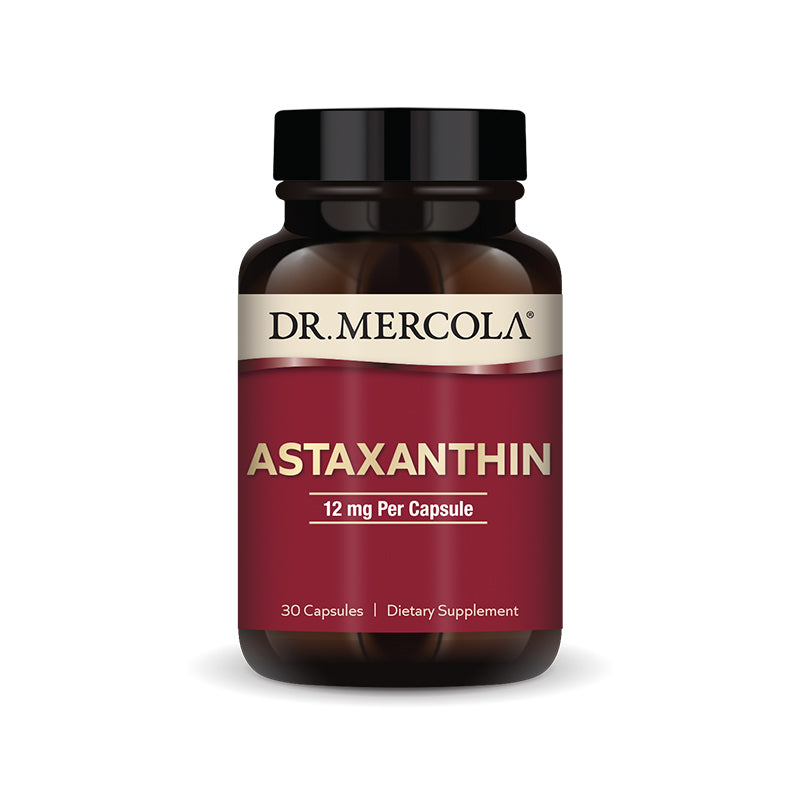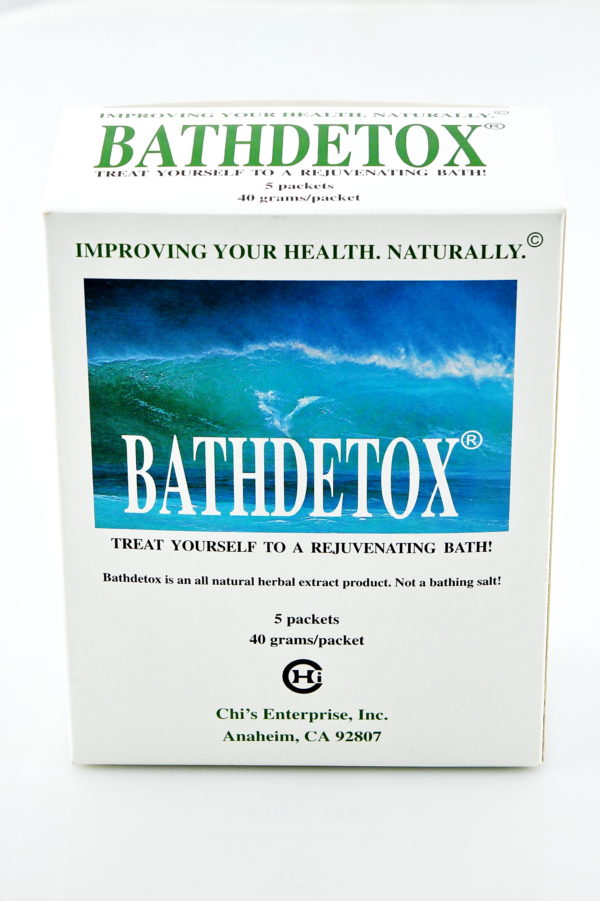Cart
0
by Glen Depke, Traditional Naturopath
If you read last week’s newsletter “Heart Disease, out of sight, out of mind?”, you might remember this exchange, “now that I have your attention in regard to the impact of heart disease, let’s talk about the main contributing factors to this cultural challenge.” “Of course the biggest issue is cholesterol right? BIG FAT NO” Today we address that “BIG FAT NO!” I want to start by sending out a special thank you to my good friend and wellness extraordinaire Dr Jonny Bowden for co-authoring the book, The Great Cholesterol Myth with Dr Stephen Sinatra, a well known holistically minded cardiologist. While I have done countless research on cholesterol myself, these two gentlemen took it to another level. Bits and pieces of this article are directly from their book and I would recommend this read to anyone interested in learning about cholesterol and heart disease. First off, what are some key points to understand in regard to cholesterol?
If you read last week’s newsletter “Heart Disease, out of sight, out of mind?”, you might remember this exchange, “now that I have your attention in regard to the impact of heart disease, let’s talk about the main contributing factors to this cultural challenge.” “Of course the biggest issue is cholesterol right? BIG FAT NO” Today we address that “BIG FAT NO!” I want to start by sending out a special thank you to my good friend and wellness extraordinaire Dr Jonny Bowden for co-authoring the book, The Great Cholesterol Myth with Dr Stephen Sinatra, a well known holistically minded cardiologist. While I have done countless research on cholesterol myself, these two gentlemen took it to another level. Bits and pieces of this article are directly from their book and I would recommend this read to anyone interested in learning about cholesterol and heart disease. First off, what are some key points to understand in regard to cholesterol?
- Cholesterol is a minor player in heart disease
- Cholesterol levels are a poor predictor of heart attacks
- Half the people with heart disease have “normal” cholesterol levels
- Half the people with elevated cholesterol have healthy hearts
- Lowing cholesterol has extremely limited benefits
- Don’t smoke
- Drink alcohol in moderation
- Engage in moderate to vigorous exercise for at least half hour per day on average
- Maintain a healthy weight with a BMI under 25
- Eat a wholesome, low glycemic, low sugar diet with plenty of omega 3’s and fiber













